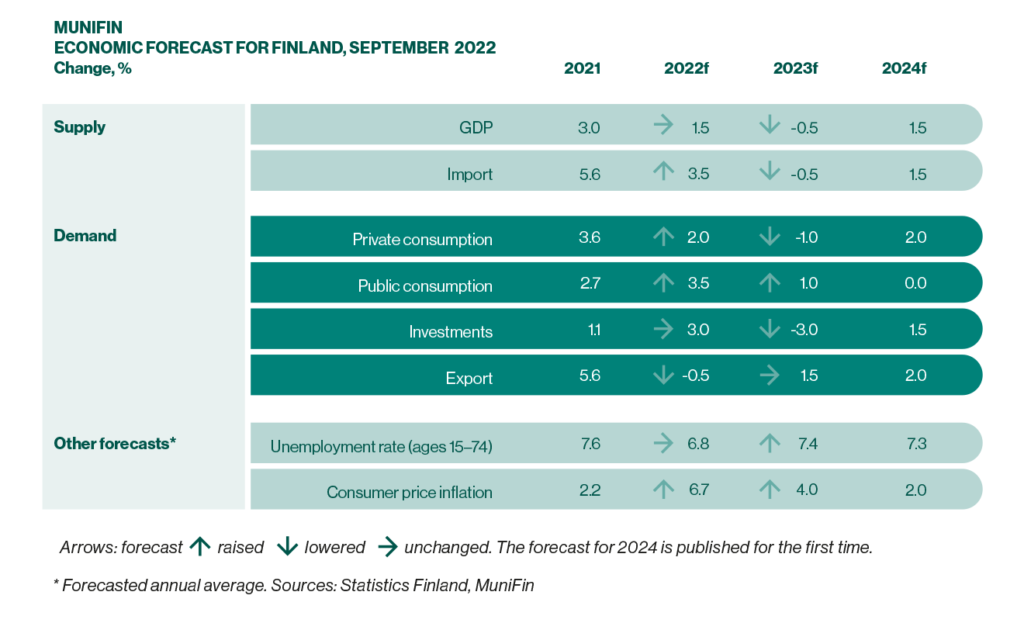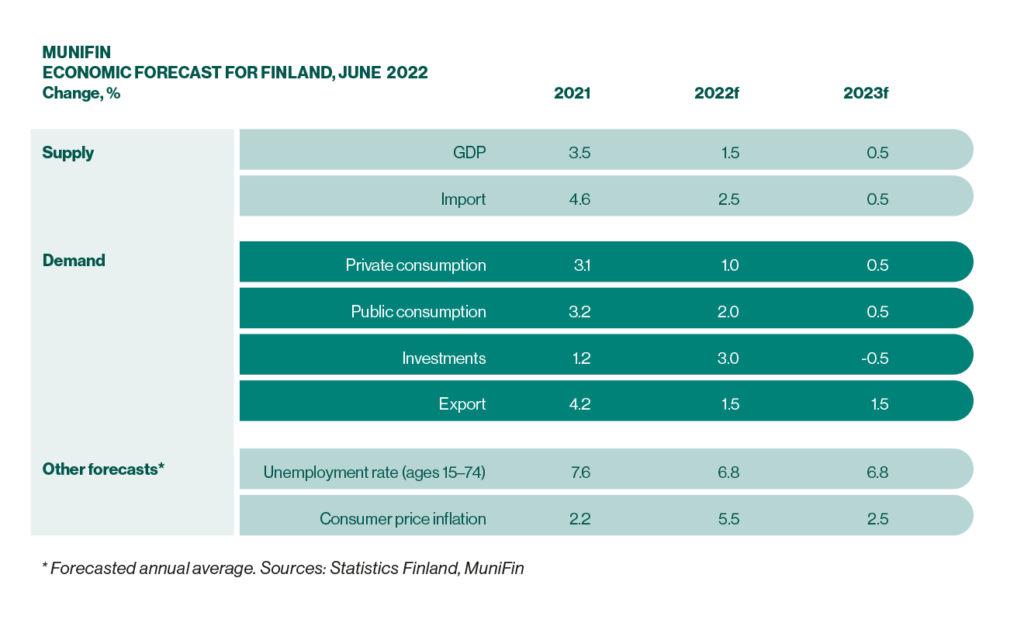More ambition and transparency – MuniFin’s renewed Green Bond Framework has been published
Since the issuance of MuniFin’s first green bond in 2016, the sustainable bond market has been going through a lot of changes.
“The new framework has been developed to better address the current environmental challenges and to take new regulation, such as the EU Taxonomy and the proposed Green Bond Standard, into account”, says Sustainability Manager Kalle Kinnunen.
The new regulations have been used as guiding tools in defining the eligibility criteria. MuniFin has also mapped its project categories to the EU taxonomy activities.
“With this update, we now have firmer and more transparent eligibility criteria”, Kinnunen says.
The revision also involved some streamlining. There are now four project categories instead of seven: buildings, transportation, renewable energy as well as water and waste water management.
An important addition to the framework is the possibility to finance biodiversity and climate change adaptation projects. They were added as sub-categories.
“For example, green roofs or flood barriers, could have been financed as a part of building projects before but with this addition we wanted to facilitate such investments directly. In addition, the new framework allows us to provide more transparency on the impact of the projects”, Kinnunen explains.
These updates along with the strengthened internal resources allowed changes to the evaluation and selection process. In the past, MuniFin has relied on the external Green Evaluation Team, but now the evaluation and selection of green finance projects will be conducted by MuniFin’s own sustainability experts.
“This change would not have been possible without the years of valuable experience we have gained working with the external Green Evaluation Team. The new evaluation and selection process allows us to serve our customers more flexibly at the time of their financing needs. We will not compromise the scrutiny of evaluation and selection. On the contrary, the transparent criteria ensure the quality of approved green projects. As the market evolves, it will also be more straightforward to introduce additional criteria”, Kinnunen says.
MuniFin is open for dialogue with customers, investors and other stakeholders in order to enhance the framework and practices further.
“Our customers play a key role in achieving Finland’s goal of climate neutrality by 2035. Green finance is an important way to promote their green projects and we will keep adding ambition also in the future”, Kinnunen says.
External review
Cicero Shades of Green has provided an external review for the Green Bond Framework, including an assessment of the EU Taxonomy alignment. MuniFin managed to keep the Medium Green shading and even to raise the Governance score to Excellent.
There will also be an annual post-issuance review that confirms that the green bond proceeds have been allocated to eligible green finance projects.
The framework and the second party opinion are available here:
More information
Karoliina Kajova – Senior Manager, Funding
+358 50 5767 707
Kalle Kinnunen – Sustainability Manager, Funding and Sustainability
+358 400 489 425





